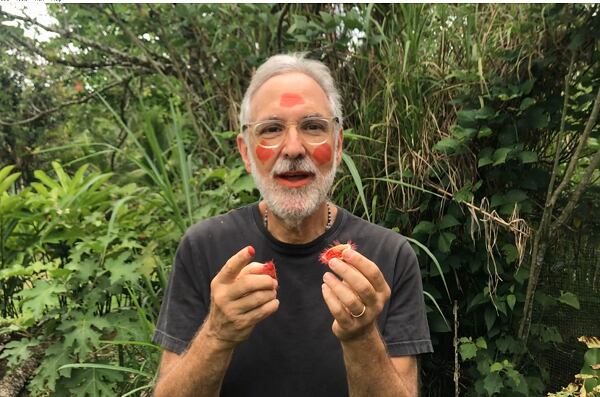A growing body of evidence is pointing to potential damage to skin from over-exposure to blue light caused by mobile devices and computer screen, which has led to a concerted effort from the industry to respond with products to counter the problem.
Lonza’s ScreenLight Block is also designed to tackle UV light and general pollution, and the ingredient will be platformed at the company’s stand, E30, during the in-cosmetics Latin America event, being held in Sao Paulo, September 19 – 20.
Fighting signs of aging
The ingredient has been developed as a protective barrier for skin, primarily to fight the visible signs of aging that can be caused by pollution, the sun and increasingly from artificial light.
“ScreenLight Block provides a powerful defensive shield against the visible skin aging effects of blue light and more,” said Vanessa Arruda, PhD, Global Market Development Manager, Bioactives.
“Consumers who use their cell phones and computers extensively can apply facial creams that not only mitigate the visible effects of the blue light emanating from their screens, but also help protect their skin against the effects of UV stress and pollution.”
Clinical data point to multi-functionality
The Lonza research and development team believe that their extensive trialing and clinical data points towards multifunctional attributes that put the ingredient in a very strong position, in a highly competitive category.
The company’s research has shown that the ingredient can help reduce the appearance of dark spots, reduce the appearance of fine lines and help melanin production caused by exposure to visible light.
More specifically, in vitro and ex vitro tribally found that the ingredient can help fight against light exposure by reducing negative impacts on elastin, fibrillin and microfibrillar-associated protein 4 and metalloproteinase-1, which are known to produce fine lines and hyperpigmentation.
Advanced extraction technique,
To enhance the ingredient’s efficacy, the Lonza team used Supercritical Supercritical CO2 extraction, which they claim is a more advanced technique that also has a lower impact on the environment.
The ingredient is made from a Physalis alkekengi extract, derived from a subtropical fruit better known as Chinese Lantern and is rich in phytosterols, is obtained by the Supercritical CO2 process, while it also contains beta carotene that is obtained by the fermenting fungus Blakeslea trispora.
Lonza says the ingredient is suitable for skin care formulations that include facial cream and after-shave lotion, as well as make-up and gentle cosmetic formulations.



